$3 Bn
Market Size
8.5%
CAGR
$5 Bn
Forecast

*Note: Name, Email and Phone Number are mandatory.


The FMCG sector in PIC is an emerging powerhouse characterized by limited local production and a growing young population with rising disposable incomes. This presents a fertile ground for capitalizing on the ever increasing trend towards modern retail and consumer goods.
The FMCG sector in PIC is an emerging powerhouse characterized by limited local production and a growing young population with rising disposable incomes. This presents a fertile ground for capitalizing on the ever increasing trend towards modern retail and consumer goods.
$3 Bn
Market Size
8.5%
CAGR
$5 Bn
Forecast
The FMCG sector in the PIC zone of the Republic of Congo represents a compelling investment opportunity, marked by a rapidly growing consumer base and increasing urbanization. As of 2023, the FMCG market in the Republic of Congo is valued at approximately $3 billion, with a projected CAGR of 8.5% through 2025. This growth is driven by rising disposable incomes and an expanding middle class, making the PIC zone a key area for FMCG investments. Notably, local production accounts for only about 30% of consumer goods, indicating a substantial supply gap and a prime opportunity for investment in manufacturing and distribution.
Furthermore, FMCG consumption volume is expected to reach 5 million tons by 2025, with the market value projected to grow to $5 billion. With urbanization rates approaching 4% annually, over 50% of the population is expected to reside in urban areas by 2030, significantly boosting demand for a variety of consumer products. The rise of modern retail channels, such as supermarkets and convenience stores, highlights the potential for innovative FMCG brands to capture market share. In summary, the PIC zone in the Republic of Congo is poised for significant growth, offering investors a unique opportunity to tap into a thriving market with substantial returns.


June 5, 2025
Africa's Golden Grain: Unveiling the Continent's Pasta Production Potential

Feb. 5, 2025
Africa Investment Guide: How Indian Investors Can Build Their Next Biggest Food Brand?

June 21, 2024
Top 18 Investment Sectors in Africa With Unprecedented Business Growth Potential








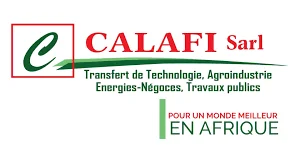



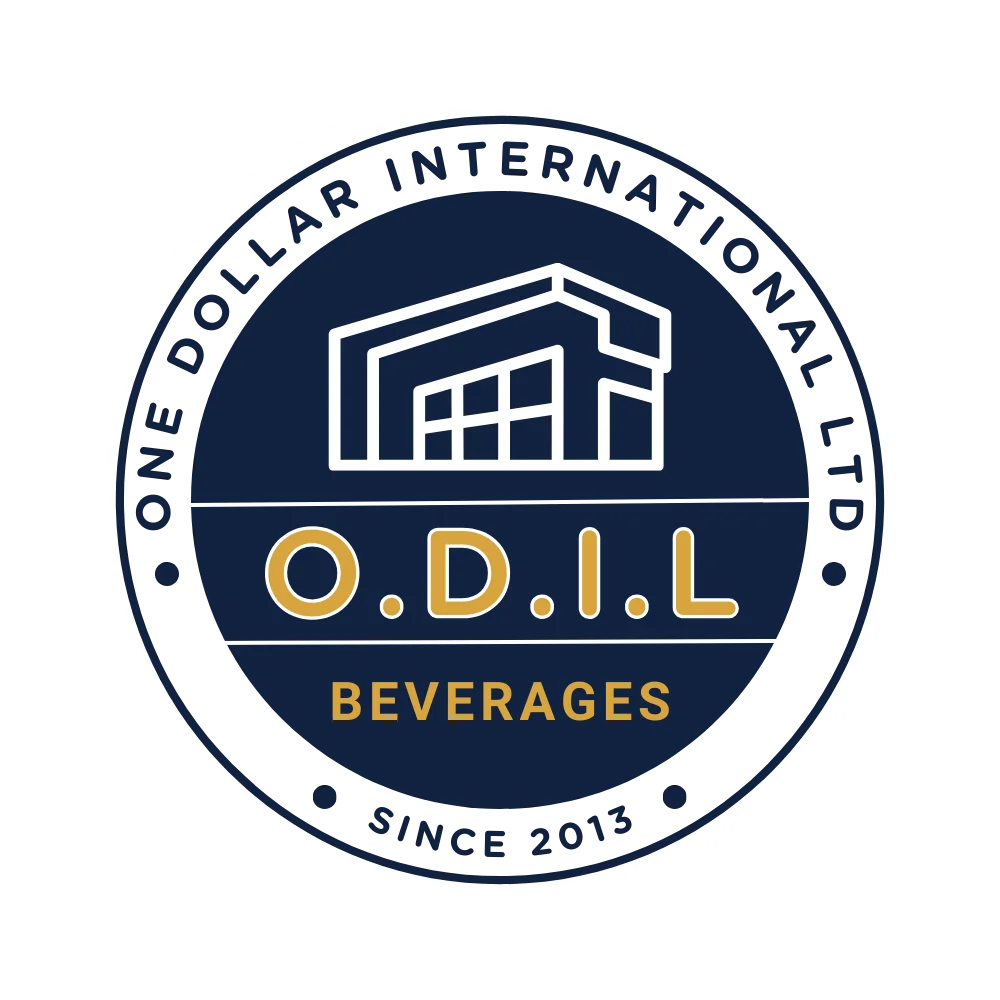














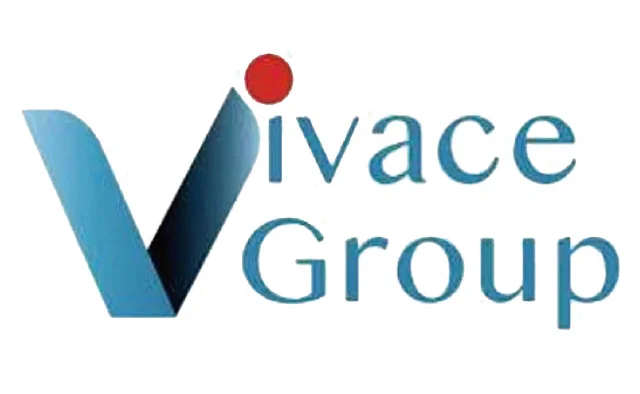

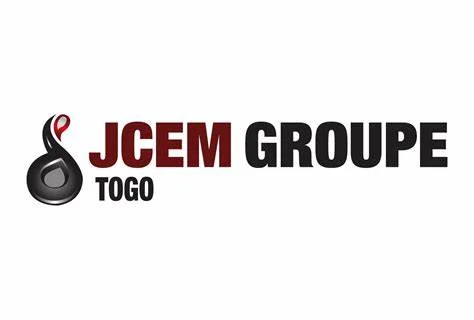
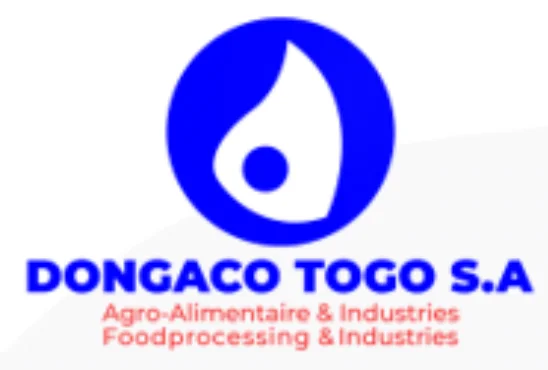















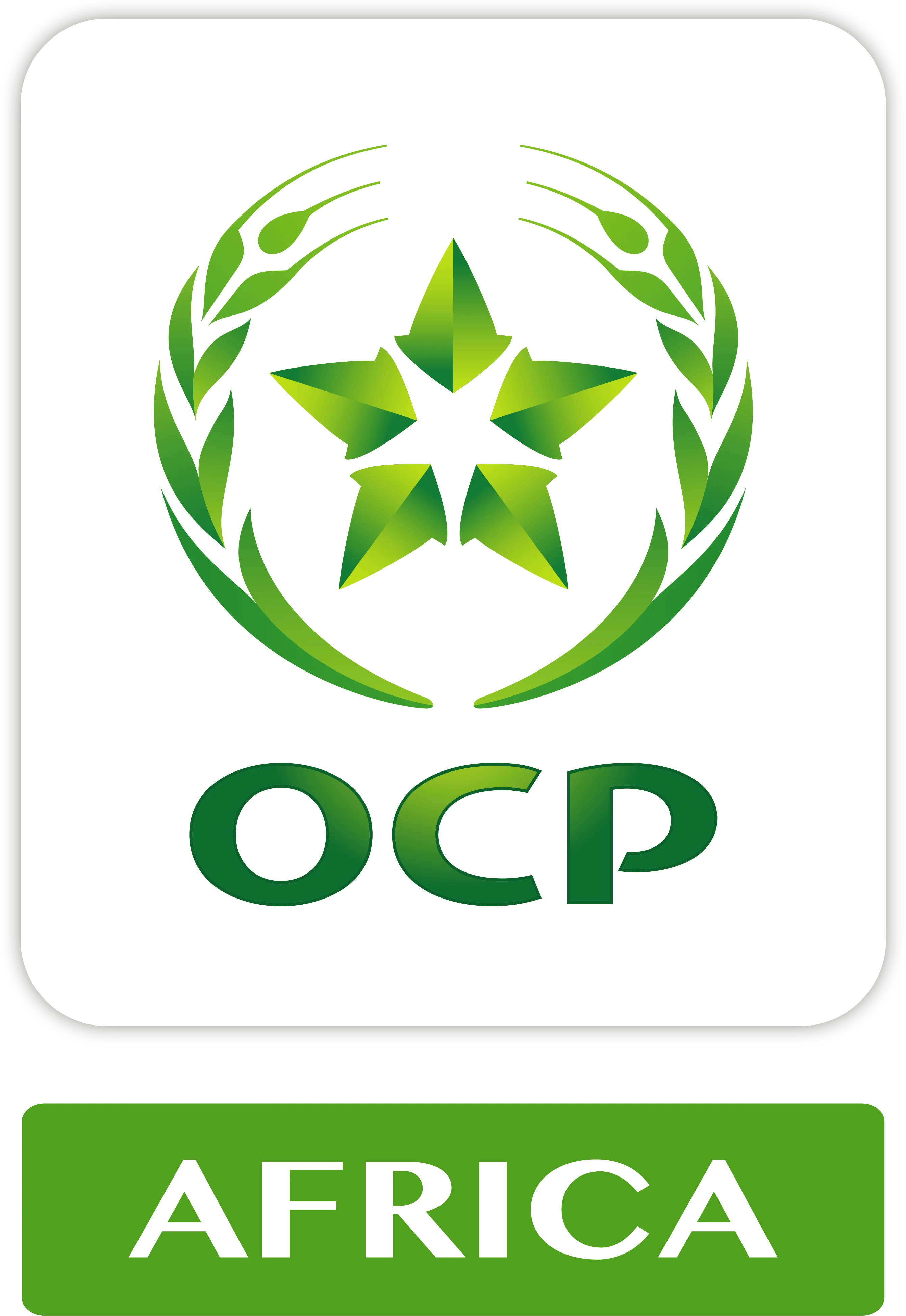








What specific FMCG categories show the highest growth potential in the PIC zone?
Categories such as food and beverages, personal care products, and household items are experiencing notable demand.
How does the local regulatory environment affect FMCG investments?
Understanding import tariffs, local manufacturing incentives, and compliance requirements is crucial for successful investment.
How is consumer behavior changing in the PIC zone?
There is a shift towards modern retail formats and increased interest in quality, brand recognition, and convenience.
What role does e-commerce play in the FMCG sector in the PIC zone?
E-commerce is gaining traction, providing new distribution channels and opportunities for brands to reach consumers directly.
What are the logistical considerations for distributing FMCG products in the region?
Investors should consider transportation infrastructure, warehousing solutions, and regional distribution networks.
What demographic trends should investors be aware of?
A young population with increasing urbanization and changing consumption patterns are key factors influencing the market.
What is the competitive landscape like in the FMCG sector?
While local players exist, there is a growing presence of international brands, creating a dynamic competitive environment.
How can foreign companies effectively enter the FMCG market in the PIC zone?
Strategies may include partnerships with local distributors, establishing joint ventures, or direct investment in manufacturing. For more comprehensive insights and data on investing in the FMCG sector in Africa, we encourage you to visit the Africa for Investors website, where you can access valuable resources tailored for investors.
Compare
Dear investor, please compare similar category items- either Locations or Opportunities.
*Already subscribed.
*Enter your name/email.

Sign up for exclusive investment alerts.
Already subscribed? Skip
Thank You For Subscribing to
Africa For Investors.

You will be redirected to AFI’s Linkedin Profile in 10 seconds.
Stay On AFI Website